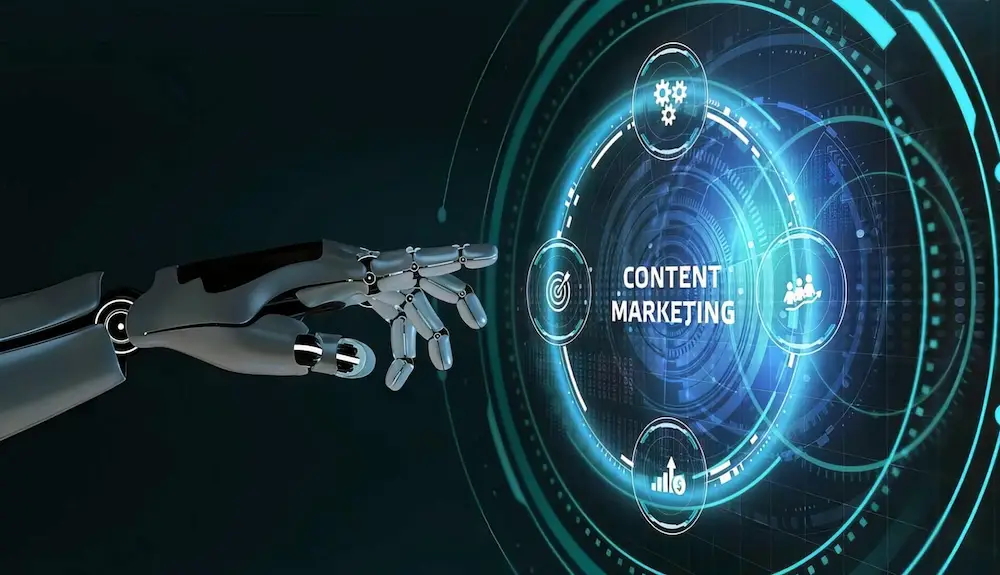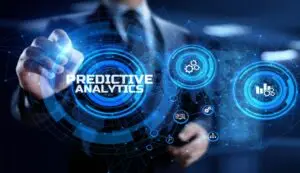Over the years, I’ve witnessed tectonic shifts in how technology empowers business. But few innovations have upended the marketing landscape as profoundly and as rapidly as generative AI. For today’s decision-makers, understanding this new paradigm is not just an option; it’s a strategic imperative. Let’s explore how generative AI is rewriting the rules of content marketing, the opportunities it unlocks, and the challenges leaders must address to harness its full potential.
The Generative AI Revolution: From Hype to Strategic Necessity
Generative AI is no longer a futuristic buzzword. It is a practical, scalable tool that is already delivering measurable results for organizations across industries. McKinsey estimates that generative AI could boost marketing productivity by 5–15%, translating to roughly $463 billion in annual value. Early adopters are seeing content production times slashed from months to days, campaign ROI improvements of up to 40%, and dramatic increases in engagement and reach.
What’s driving this transformation? Generative AI leverages large language models (LLMs) and multimodal AI to create original text, images, videos, and even interactive experiences from simple prompts. Unlike traditional automation, which streamlines repetitive tasks, generative AI augments human creativity, enabling marketing teams to ideate, produce, and personalize content at a scale and speed that was previously unimaginable.
Key Ways Generative AI is Transforming Content Marketing
1. Content Creation at Scale and Speed
Generative AI can instantly produce high-quality blog posts, social media updates, product descriptions, ad copy, and visuals. For example, CarMax used OpenAI’s GPT models to transform over 100,000 customer reviews into fresh web content in hours, a task that would have taken years for human teams. Sage Publishing reduced content writing time by 99% and cut marketing costs in half by automating textbook descriptions with Jasper AI.
2. Hyper-Personalization and Micro-Targeting
The “holy grail” of content marketing has always been delivering the right message to the right person at the right time. Generative AI brings this vision within reach by enabling mass personalization. Tools can generate thousands (even billions) of content variations tailored to different customer personas, behaviors, and preferences; something that was previously cost-prohibitive and logistically impossible.
Starbucks, for instance, uses AI-driven predictive models to send individualized offers via its mobile app, boosting loyalty and repeat sales. Nutella’s “Unica” campaign leveraged AI to create 7 million unique jar labels, each appealing to a different consumer’s sense of identity and collectibility.
3. Multimodal Content and New Creative Formats
Modern generative AI tools go beyond text. Image generators like DALL·E and Midjourney, and video platforms like VEED, allow marketers to create custom visuals, short videos, and interactive experiences on demand. Coca-Cola’s “Create Real Magic” campaign invited consumers to generate AI-powered artwork, resulting in over 120,000 unique images and multi-minute engagement times. Nike used AI to simulate a virtual match between two eras of Serena Williams, blending storytelling with data-driven creativity.
4. Workflow Automation and Efficiency Gains
Generative AI is not just a creative engine; it’s a workflow accelerator. It automates content planning, translation, brand compliance checks, and asset tagging, freeing human teams to focus on strategy and high-value creative direction. Content creation time has dropped by 30–50% for many organizations, and campaign time to market has been cut in half.
5. Enhanced Data-Driven Insights and Continuous Optimization
AI-powered analytics enable marketers to analyze massive datasets, predict market trends, and optimize campaigns in real-time. Bayer, for example, combined Google Trends, climate data, and predictive models to anticipate flu outbreaks and adapt marketing messages accordingly, resulting in an 85% increase in click-through rates and a 33% decrease in click costs.
6. Repurposing and Expanding Content Libraries
Generative AI tools can repurpose existing assets, turning webinars into blog posts, blog posts into videos, or case studies into a series of targeted articles, thus maximizing the value of every piece of content and ensuring consistency across channels. This “content supply chain” approach is helping brands like Deloitte Digital deliver personalized, high-quality content at scale.
The Human-AI Partnership: Augmentation, Not Replacement
A recurring theme among industry leaders is that generative AI is not a substitute for human creativity; it’s an amplifier. The most successful marketing teams use AI as a co-pilot: AI drafts and iterates, while humans provide direction, ensure brand alignment, and inject emotional resonance. As OpenAI’s Sam Altman notes, we’re heading toward a world where AI handles 95% of what marketers use agencies and creative professionals for today, but the human touch remains essential for authenticity and strategic oversight.
This shift is also transforming roles and required skillsets. Marketers are evolving from creators to editors, curators, and prompt engineers, guiding AI outputs and ensuring quality, compliance, and brand voice. CMOs and marketing leaders are increasingly expected to have data and engineering fluency to manage AI-driven processes.
Real-World Impact: Case Studies and Measurable Results
- Heinz’s “A.I. Ketchup” campaign used DALL·E 2 to generate images of ketchup, consistently resembling Heinz products. The campaign generated over 1.15 billion earned impressions and achieved an engagement rate 38% higher than previous campaigns.
- Microsoft’s AI-generated Surface ad achieved a 90% reduction in time and cost compared to traditional methods, with viewers unable to distinguish AI-generated elements from human-made content.
- Booking.com uses AI-powered features to simplify trip planning and tailor recommendations, improving customer satisfaction and conversion rates.
Challenges and Considerations for Decision-Makers
While the benefits are compelling, generative AI adoption is not without challenges:
- Quality and Authenticity: AI can mass-produce content, but quality control and brand consistency require vigilant human oversight.
- Ethical and Legal Risks: AI-generated content can raise questions about originality, copyright, and transparency. Leaders must establish clear guidelines for disclosure and responsible AI use.
- Data Privacy and Security: Leveraging proprietary data for personalization must be balanced with compliance and privacy concerns, especially in regulated industries.
- Organizational Change: Integrating AI into marketing workflows demands new skills, reimagined processes, and a culture of continuous learning and innovation.
A Critical Question for Leaders
How prepared is your organization to strategically leverage generative AI — not just as a tool for efficiency, but as a catalyst for creative innovation, hyper-personalization, and competitive differentiation in content marketing?
If your answer is anything less than “fully prepared,” now is the time to act. The organizations that will thrive are those investing in AI literacy, reengineering workflows, and fostering a culture where human creativity and AI capabilities are seamlessly integrated. This means upskilling teams, piloting AI-driven campaigns, establishing governance frameworks, and continuously measuring impact, not just in terms of output, but in engagement, brand equity, and business growth.
Final Thought
Generative AI is not just changing content marketing; it’s redefining what’s possible. The question is no longer whether to adopt AI, but how boldly and strategically you will do so. The future belongs to those who embrace this transformation, blending the best of human ingenuity with the limitless potential of AI. Are you ready to create your organization’s next marketing breakthrough? The time to lead is now.




